
Chrome-lined barrels may glitter, but are they gold? The author weighs their pros and cons to measure their utility.
In my time as a gun writer, I’ve come in contact with just about every corner of the shooting public and their unique cultures. Just like anything we obsess over, barrels are one of those topics that can polarize people. For every 10 shooters, you’ll find 10 different schools of thought on what barrels to buy, what length, what contour, carbon or steel, favored twist rates and so on.
One of the more controversial barrel configurations of our day is chrome lining. This feature has passionate proponents—and decided detractors. Let’s look at just what chrome lining is and why it has generated so much divisiveness in the shooting community.
An Unpolished Past
Before we dive into the technical merits of chrome-lined barrels, we should first look at them from the point of view of the American consumer and how our experience with them has shaped our current opinions.
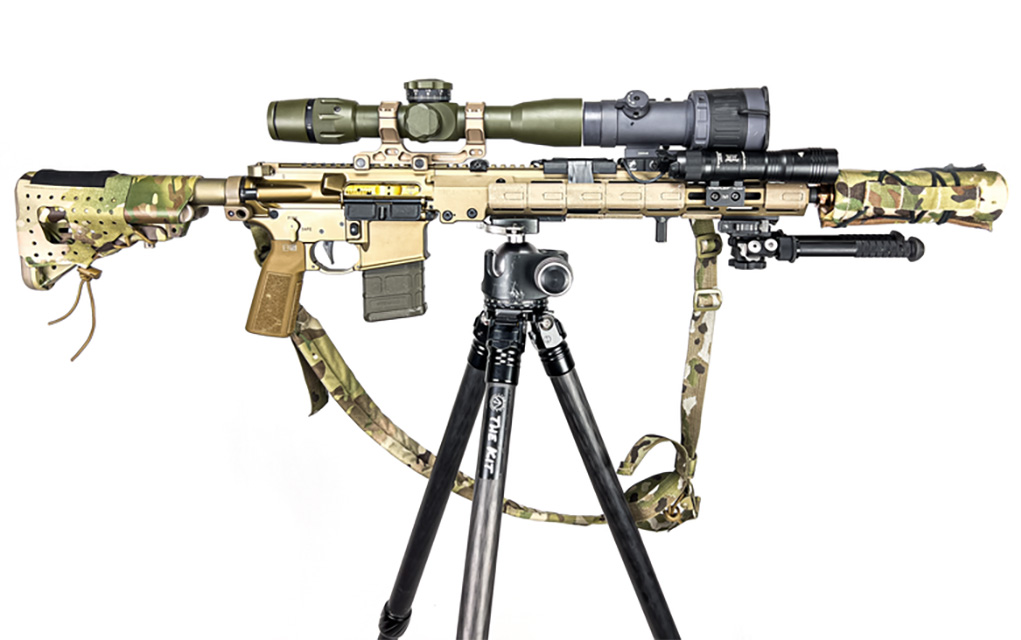
Much of the shooting public doesn’t consider chromed barrels to be accurate. A large reason why is due to the plethora of cheap, Eastern Bloc guns that were imported here for decades during the Golden Era of military surplus in the 2000s. Yes, these were those halcyon days of $60 Mosin Nagants and $40 cases of 440 rounds in sealed tins. As a result, a significant number of these guns arriving stateside from Soviet-sphere countries had chrome-lined bores and weren’t of the quality that we’ve come to expect from Western guns.
This, combined with the relatively low quality of Eastern Bloc ammo, bad triggers and unaligned sights on many types of rifles, led the American gun buyer to eventually associate the often-advertised “comes with chrome-lined barrel” feature with low accuracy and poor quality.
Another angle to consider was the American military misadventure with the M16 rifle in Vietnam, which was given a chrome-lined barrel and chamber well after corrosion problems caused malfunctions and likely preventable soldier deaths. This situation, dating back to the 1960s, caused the public to see the process as remedial and a bandage for keeping unreliable guns running for cheap. The M16 and later variants struggled for years to repair this early series of reputation-killing failures. Chrome lining, as a result of all these things, was generally looked down upon by serious shooters as an accuracy-robbing tactic to ensnare naive buyers.
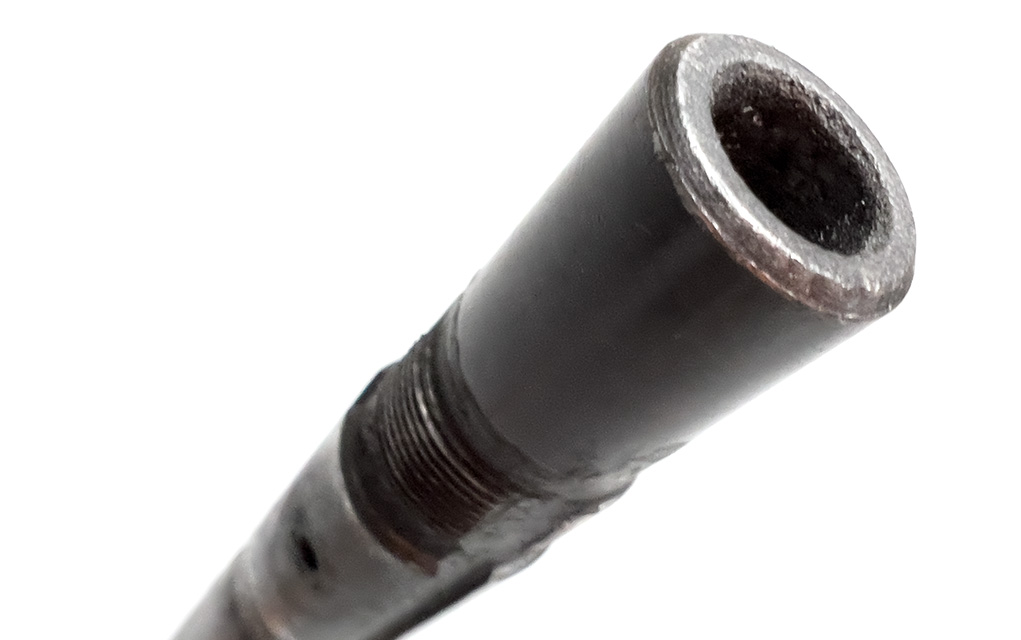
Today, we see that accurate rifles are the boring norm, indeed the old myths and miracles worked by yesteryear’s gunsmiths are really a thing of the past. Chassis rifles with even medium-quality barrels will shoot very well in many cases using mass-manufactured, button-rifled barrels. Our cumulative understanding of accuracy has come to near completeness within the past 20 years, and the average shooter has rifles that are so much better than what existed before that he or she might not even realize it. But, for all that, chrome lining hasn’t been killed off, and instead is making a dramatic comeback—and giving other barrel types a run for their money.
Barrel Business
I recently spoke to several companies that all manufacture both standard and chrome-lined barrels. I’ll admit that I was a bit surprised to see how things have changed in this world, and how my own perceptions of chrome-lined barrels have changed. What needs to be generally understood is that the early opinions about these types of barrels were, in large part, correct: It was hard to find rifles with lined barrels that were really as accurate as those without.
A large reason for this is that chrome lining is an additive process, meaning it’s a material that’s applied to the surface and adding a layer of thickness. Other processes, such as the well-known salt bath nitride method is, without going into an incredibly long description, a hardening and finishing technique, related in a roundabout way to case hardening. The dimensions of the metal don’t change; the tolerances are held very tightly, and the chemical reaction of the heated bath actually penetrates the metal surface and gives it color and hardness. This is a faster process than chrome lining and offers a wide range of benefits, not a small one being reduced cost with no accuracy loss.

Homogeneous metal barrels are commonly those we associate with being “match” quality. You see this in stainless-steel barrels that are commonly used by precision rifle shops. These blanks can be turned, threaded and finished by either simple polish or bead blast, sometimes non-penetrating surface finishes like Cerakote.
The steel for these barrels is somewhat naturally corrosion resistant, but is limited in total finish options and has, in theory, less barrel life than lined or finished barrels. This is entirely subjective, as barrel life, wear and accuracy are all based on intended end use. Are stainless barrels completely inferior to lined or finished barrels? Absolutely not. But your choice of barrel should be determined by how you’ll actually use your rifle and intend to modify or alter it in the future.
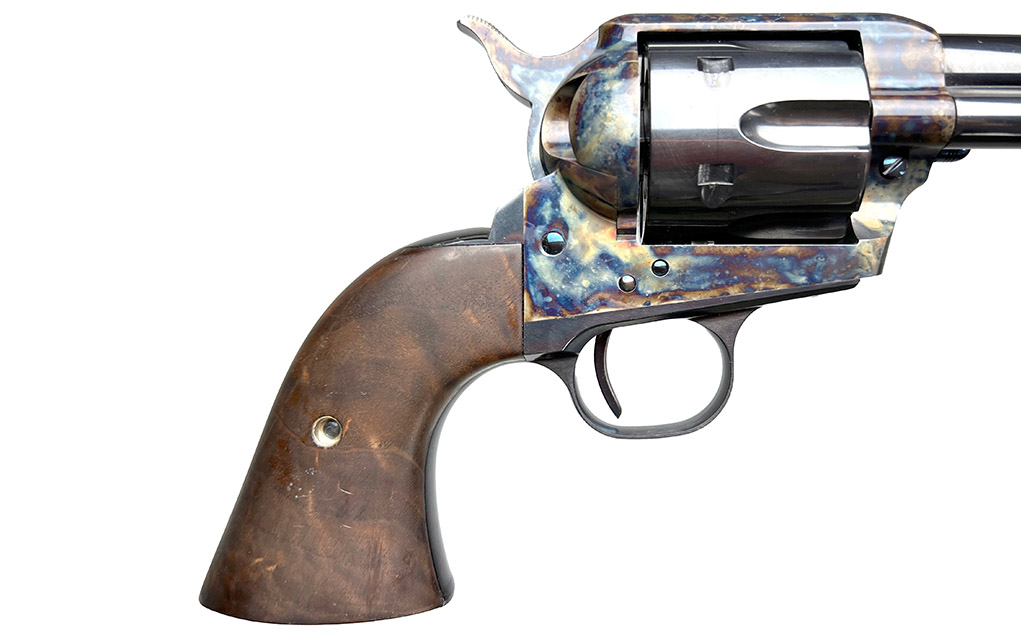
The basis here is that, in general, some sort of finish or lining will extend the functional life of your barrel, but each of these techniques has a different set of benefits that apply directly to each barrel. For instance, if you have a stainless-steel barrel, you’re basically free to cut it down to whatever length you like and you’ll suffer no problems in that modification, and you can also have it easily rechambered or otherwise changed. This is a very flexible material to use, and this is why it’s very common in the precision community. You cannot do this on chrome-lined or finished barrels without destroying the benefits they offer.
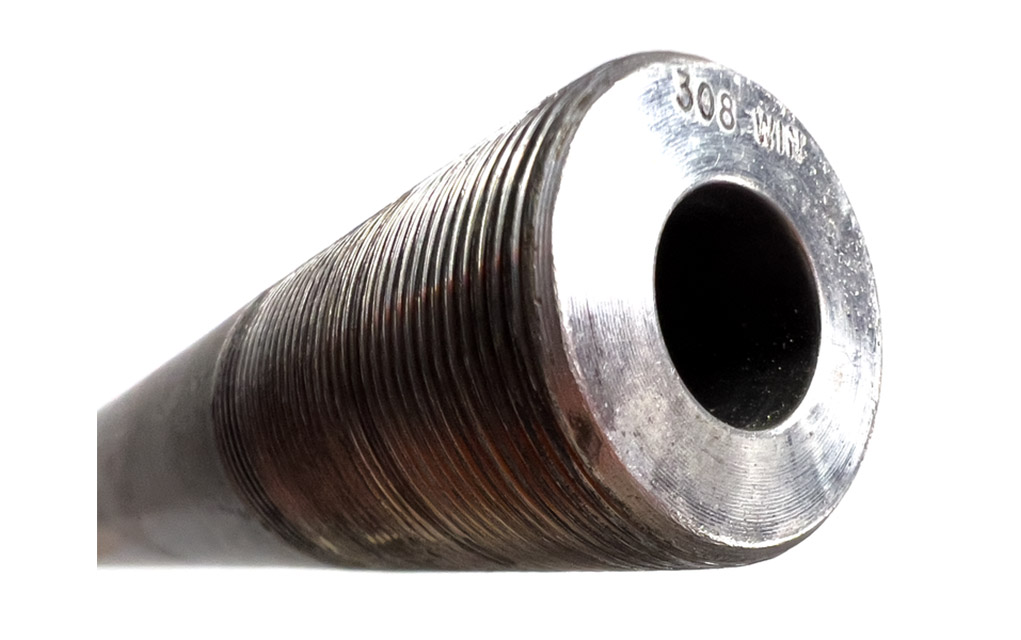
Chrome-lined barrels are the least flexible when it comes to modification. The chrome lining itself is a physical plating that can be chipped and cracked if you attempt to cut the barrel shorter. The length you purchase is the length you get. Attempting to re-chamber a chrome-lined barrel will also destroy it—you’d remove and ruin the plating. Likewise, there’s no re-crowning of these barrels; the plating extends to the muzzle.
This brings an interesting challenge to gunsmiths and hobbyists. You cannot control the headspace on a chrome-lined barrel; instead, you must install the barrel and then headspace the bolt and even receiver to the barrel, such as is the case with both the Fulton Armory M14 and M1 Garand featured here in this article. Each of these guns uses a Criterion chrome-lined barrel and has to be painstakingly hand-fit to ensure headspace.
But, after all that, the accuracy is superb.
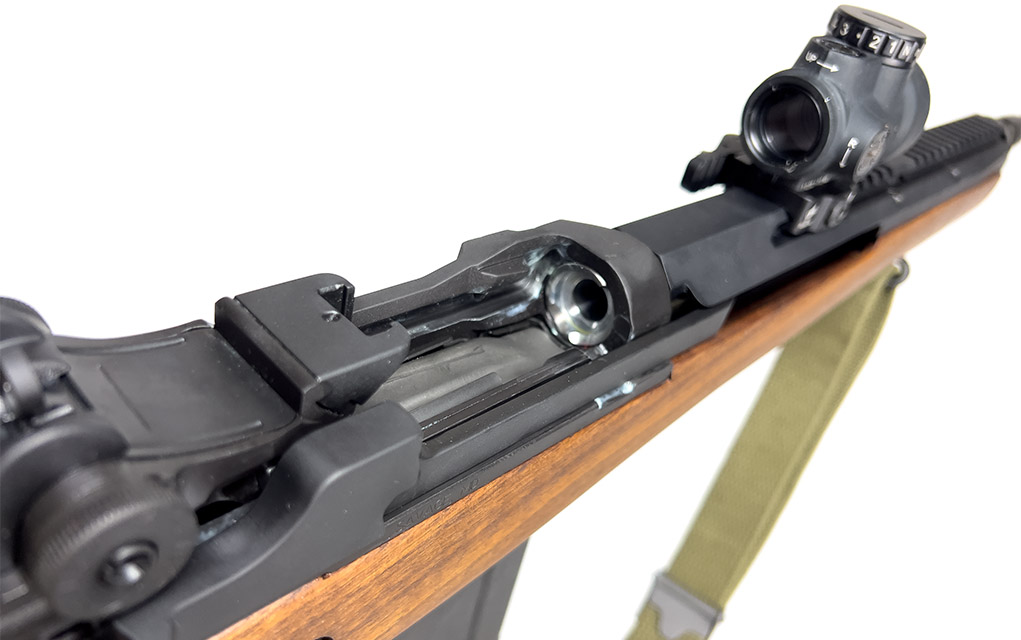
Accuracy in Question
The idea that chrome-lined barrels are less accurate than their counterparts is true in some cases … and false in others. What it comes down to is that you must start with a high-quality barrel if you want high-quality results.
In decades prior, it’s true that the guns being brought in with chrome-lined barrels weren’t very accurate, and many had lots of issues with their bores: There was little attention paid to the uniformity of the plating, and even worse, many importers reassembled rifles on a whim from parts kits and various other means as they bought surplus from other parts of the world. Headspacing on these guns varies widely, and when using less- than-optimum ammunition, the results were not stellar. So, in a way, there’s a kernel of truth in the commercial history of chrome-lined barrels in that they were at times not very good.
Today, at least in American manufacturing, this has dramatically changed. Criterion told me that chrome-lined barrels account for as much as 30 percent of their total manufacturing output. That’s how much shooters have come to understand the benefits of such a process. Other companies I spoke to, such as Faxon Firearms, do produce OEM chrome-lined barrels but only sell salt bath nitride to the public. As the surplus market has dried up (both a good thing and a bad one), today’s shooters are only being introduced to these high-end barrels, and the response has been extremely positive.
Accuracy isn’t a question anymore with chrome-lined barrels. The three featured in this article, one by Geissele and two by Criterion (gunsmithed by Fulton Armory), are all tack drivers. To the point that my day/night 5.56mm AR build with Armasight clip-on is capable of 1/4 MOA at 100 meters using 77-grain Black Hills MK262 loads. I primarily fire this rifle suppressed, and the chromed bore makes cleaning up after shooting extremely easy. The rest of the gun … well, let’s say I’m not above getting out the hose.
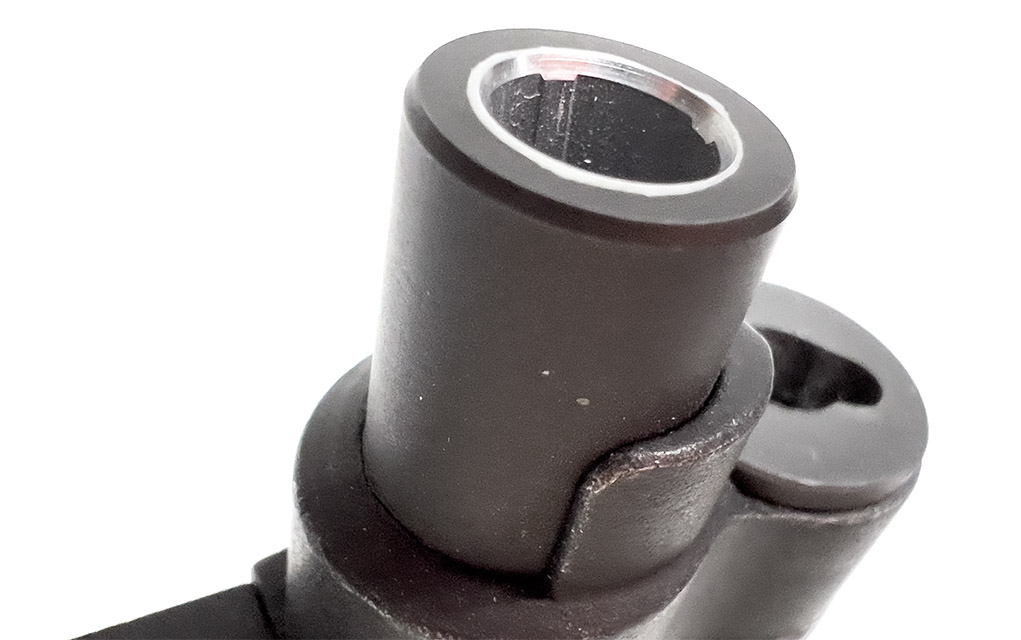
The Fulton Armory M14 and M1 Garand are both very solid shooters, enjoy incredible accuracy and also run very clean. These rifles are meant for heavy use in the field or the competition line and are expected to see a relatively high round count. The .30-06 and .308 Win. aren’t known to be barrel burners in the slightest. I have a few thousand rounds of .30-06 on the M1 from last year’s competition season, and it has performed extremely well with minimal maintenance.
My average with this rifle and the M14 is hovering at 1.5 MOA from the bench with irons, a bit wider when I’m slung up. Factory Hornady 168-grain Garand Match runs great in .30-06, as does Hornady and BHA match loads in .308 Win. Firing hunting loads, such as the Remington Tipped Core-Lokt in .308 Win. generates accuracy approaching an inch at 100 yards from the M14 when equipped with a UltiMak rail and Trijicon MRO. These barrels are accurate, plain and simple, even in classic military rifles.
Realistic Expectations
Where we see the greatest benefits from chrome lining are in firing durability and corrosion resistance. This isn’t to say that a stainless or salt bath nitride barrel will be completely useless by comparison; it’s again about what you want out of your barrel. If you’re a comp guy and routinely change barrels at 7,000 rounds, buy cheaper barrels you plan to get hot.
I don’t think anyone will debate you, but there will be that one guy who says to buy a chrome-lined barrel because it should last to 14,000 rounds. Heat is the true killer of barrels, and the hotter you get your barrels for longer, the sooner you’ll cause them damage. Where chrome lining stands out is in providing an extremely hard, wear-resistant surface that’s easy to keep clean and accurate. If you abuse it, you lose it.
Of interest is that there’s no actual metric to determine what barrel life is. In my experience with all barrel types, I find that there’s little to no difference in accuracy: I have some chrome-lined AR carbine barrels that shoot as well as hand-fitted carbon-fiber match barrels on bolt actions, so what it does come down to is what you want and how you plan to get there. Plating is a common and popular practice.
Today, it stands largely on its tradition as much as it does its functionality, and it could be argued it’s an inferior process to start that adds cost for a subjective amount of benefit. For instance, I can plan on an accurate (under 1 MOA) life for my Geissele 5.56 barrel of somewhere around 10,000 rounds, but I can’t imagine getting there. I’d also expect it to last, in terms of functional accuracy, far beyond that point. I’ve put about 3,000 through this barrel, and it has had no accuracy issues. I don’t expect that to change in the next several years with how slowly I fire this rifle in practice. Likewise, I’ve put thousands through nitrided Faxon barrels with no accuracy degradation, but with more cleaning.
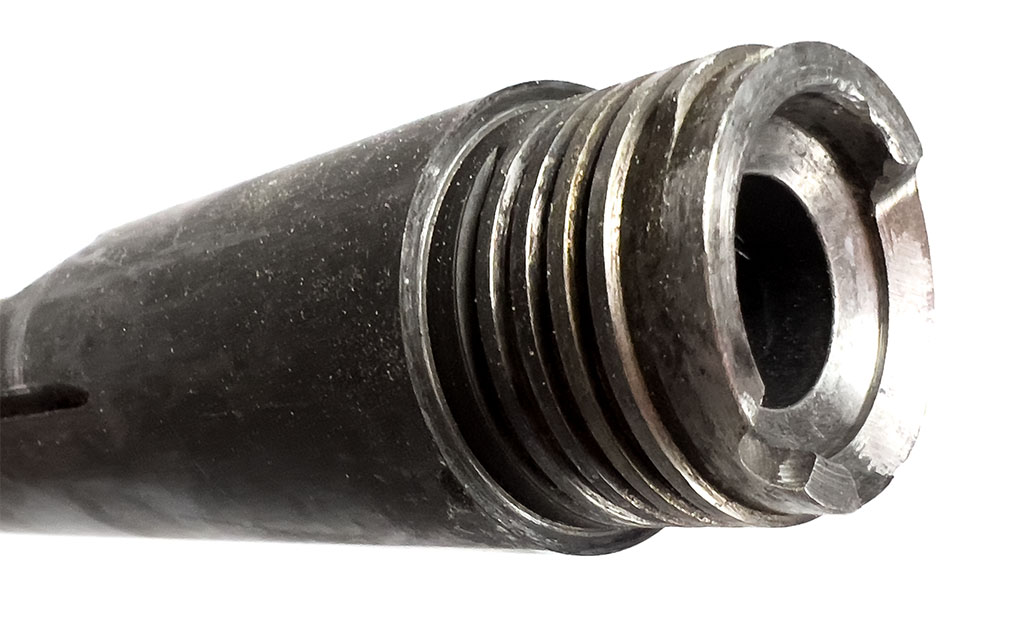
Anyone who says you absolutely will get double the barrel life with chrome over a nitride or other barrel is lying to you; there has been no widespread study to prove this claim. In practice, it’s generally considered to be true that chrome-lined barrels do have longer lives, but this again is down to the individual user, not to a whole product category. If I keep my rifle cool and fire 10,000 rounds equally timed in a year at constant temperature, I’ll experience less wear in general than if I fired 10,000 rounds in 10 hours. Heat, again, is the killer here, and it accelerates erosion of the interior of the barrel.
What about 10,000 rounds in 6 months? Well, again, I don’t quite know; there hasn’t been a large-sample study done to evaluate this subject. We know, in general, that chromed barrels hold up better longitudinally, but that gap is getting smaller every passing year as new finishing processes become available.
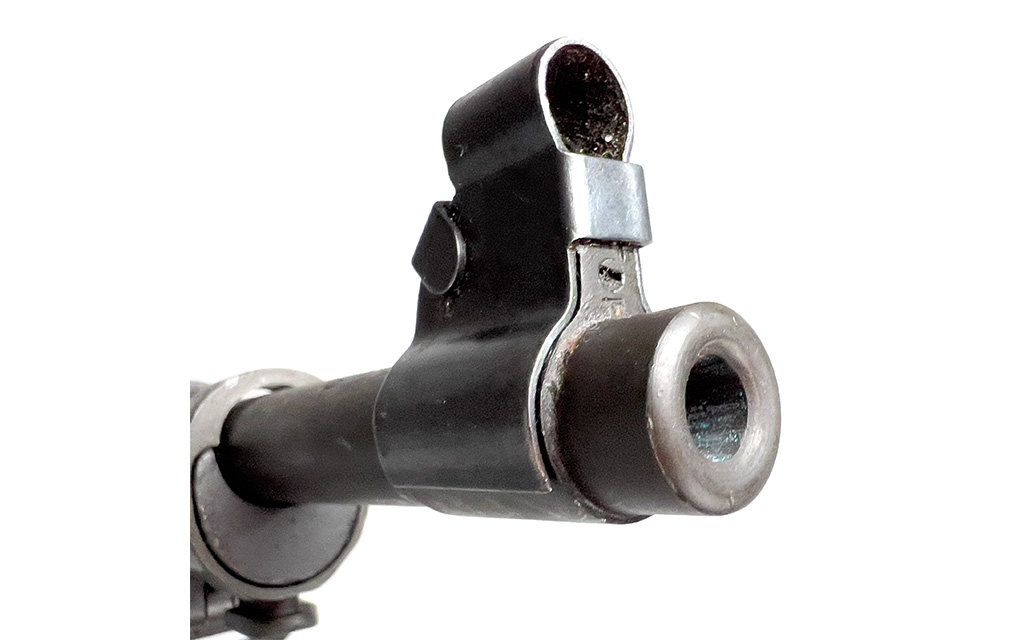
While I could go into a number of anecdotes about what I’ve personally experienced, I’ve simply come to understand that all but a select few people never truly need to change out a barrel due to shooting wear. It does happen, but cleaning is a far more dangerous process to a barrel than shooting is—and in this aspect, chrome-lined versions have a distinct advantage.
There’s seldom any copper or other fouling to remove because it rarely collects on the hard, smooth surface like it does in other barrel types, which need a degree of fouling to be truly consistent. I find that I don’t even need to break in a chromed barrel, and I can just start shooting with no bad results. It’s my firsthand opinion that these barrels ultimately have the ability to last longer because they require less hands-on maintenance.
The general rule of thumb you should be looking at is this: If you’re going to experience harsh, extreme environments, going from cold to hot, wet to dry, and want to reduce cleaning and having to foul your barrel every few thousand rounds, go with a chrome-lined barrel—you won’t be sorry you did.
Editor's Note: This article originally appeared in the May 2024 issue of Gun Digest the Magazine.
More On Barrels:
- Rifle Barrels 101
- How does Barrel Length Affect Accuracy & Ballistics
- The Truth About Barrel Length and Velocity
- How To Calculate Barrel Twist Rate
- Barrel Break-In: Necessary With a Rimfire?
- Are Carbon-Fiber Barrels Worth It?
- Suppressors Vs. Barrel Length

Next Step: Get your FREE Printable Target Pack
Enhance your shooting precision with our 62 MOA Targets, perfect for rifles and handguns. Crafted in collaboration with Storm Tactical for accuracy and versatility.
Subscribe to the Gun Digest email newsletter and get your downloadable target pack sent straight to your inbox. Stay updated with the latest firearms info in the industry.

![Best Concealed Carry Guns In 2025 [Field Tested] Wilson Combat EDC X9S 1](https://gundigest.com/wp-content/uploads/Wilson-Combat-EDC-X9S-1-324x160.jpg)


![Best 9mm Carbine: Affordable PCCs [Tested] Ruger Carbine Shooting](https://gundigest.com/wp-content/uploads/Ruger-Carbine-Shooting-100x70.jpg)
![Best AR-15: Top Options Available Today [Field Tested] Harrington and Richardson PSA XM177E2 feature](https://gundigest.com/wp-content/uploads/Harrington-and-Richardson-PSA-XM177E2-feature-100x70.jpg)

Nice article. I’ve always thought about but:
1) never thought about the headspace issue
2) nor crown issue
3) nor cutting or rechambering.
Finally some reasonable perspectives. Good job.